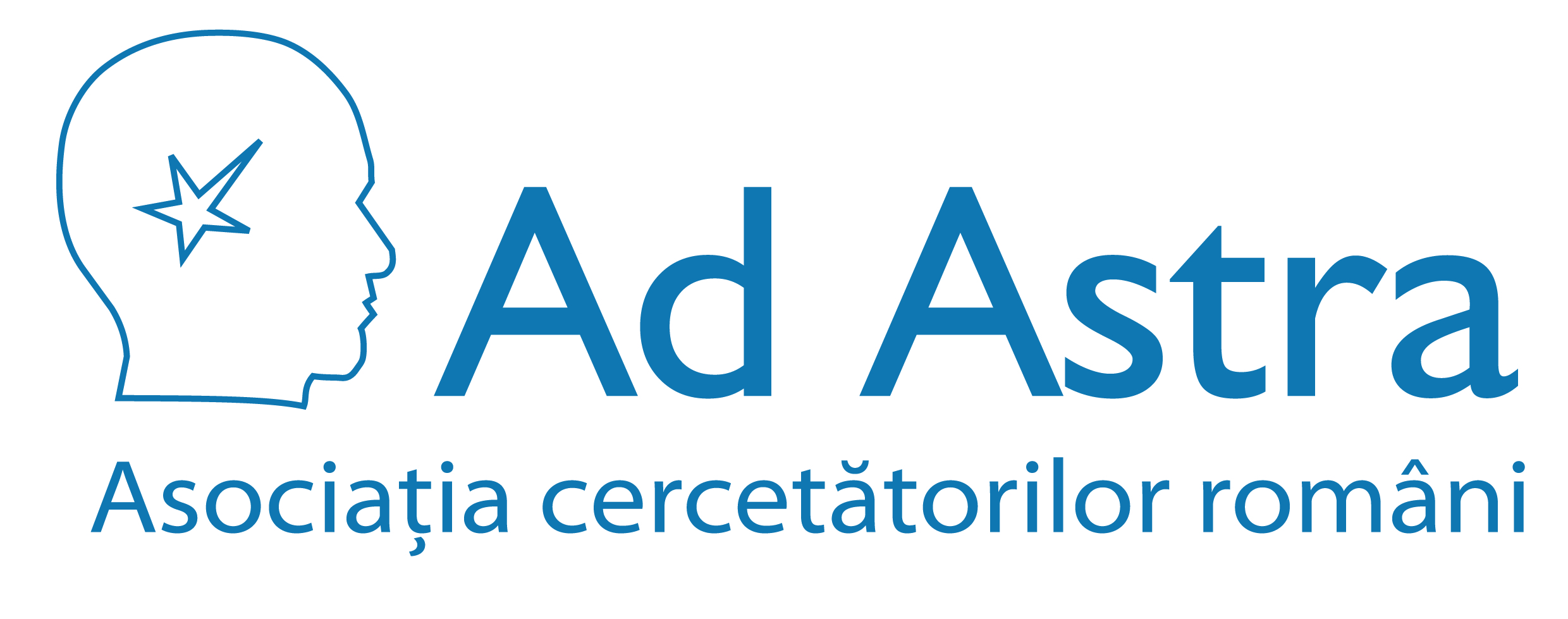Scopul nostru este sprijinirea şi promovarea cercetării ştiinţifice şi facilitarea comunicării între cercetătorii români din întreaga lume.
Staff Login
Combining chlorophyll meter readings and high spatial resolution remote sensing images for in-season site-specific nitrogen management of corn . Precision Agriculture, 10, pp. 45-62, 2009.
Autori: Miao, Y. Mulla, D. J. Randall, G. W. Vetsch, J. A., Vintila, R.
Editorial: Springer Science, ISSN 1385-2256 (Print), Precision Agriculture, 10 (1), p.45-62, 2009.
Rezumat:
The chlorophyll meter (CM) has been commonly used for in-season nitrogen (N) management of corn (Zea mays L.). Nevertheless, it has limited potential for site-specific N management in large fields due to difficulties in using it to generate N status maps. The objective of this study was to determine how well CM readings can be estimated using aerial hyperspectral and simulated multi-spectral remote sensing images at different corn growth stages. Two field experiments were conducted in Minnesota, USA during 2005 involving different N application rates and timings on a corn-soybean [Glycine max (L.) Merr.] rotation field and a corn-corn rotation field. Four flights were made during the growing season using the AISA Eagle Hyperspectral Imager and CM readings were collected at four or five different growth stages. The results indicated that single multi-spectral and hyperspectral band or vegetation index could explain 64-86% and 73-88% of the variability in CM readings, respectively, except at growth stage V9 in the corn-soybean rotation field where no band or vegetation index could explain more than 37% of the variability in CM readings. Multiple regression analysis demonstrated that the combination of 2-4 broadbands or 3-8 narrow-bands could explain 41-92% or 61-94% of the variability in CM readings across the two fields and different corn growth stages investigated. It was concluded that the combination of CM readings with high spatial resolution hyperspectral or multi-spectral remote sensing images can overcome the limitations of using them individually, thus offering a practical solution to N deficiency detection and possibly in-season site-specific N management in large continuous corn fields or at later stages in corn-soybean rotation fields

